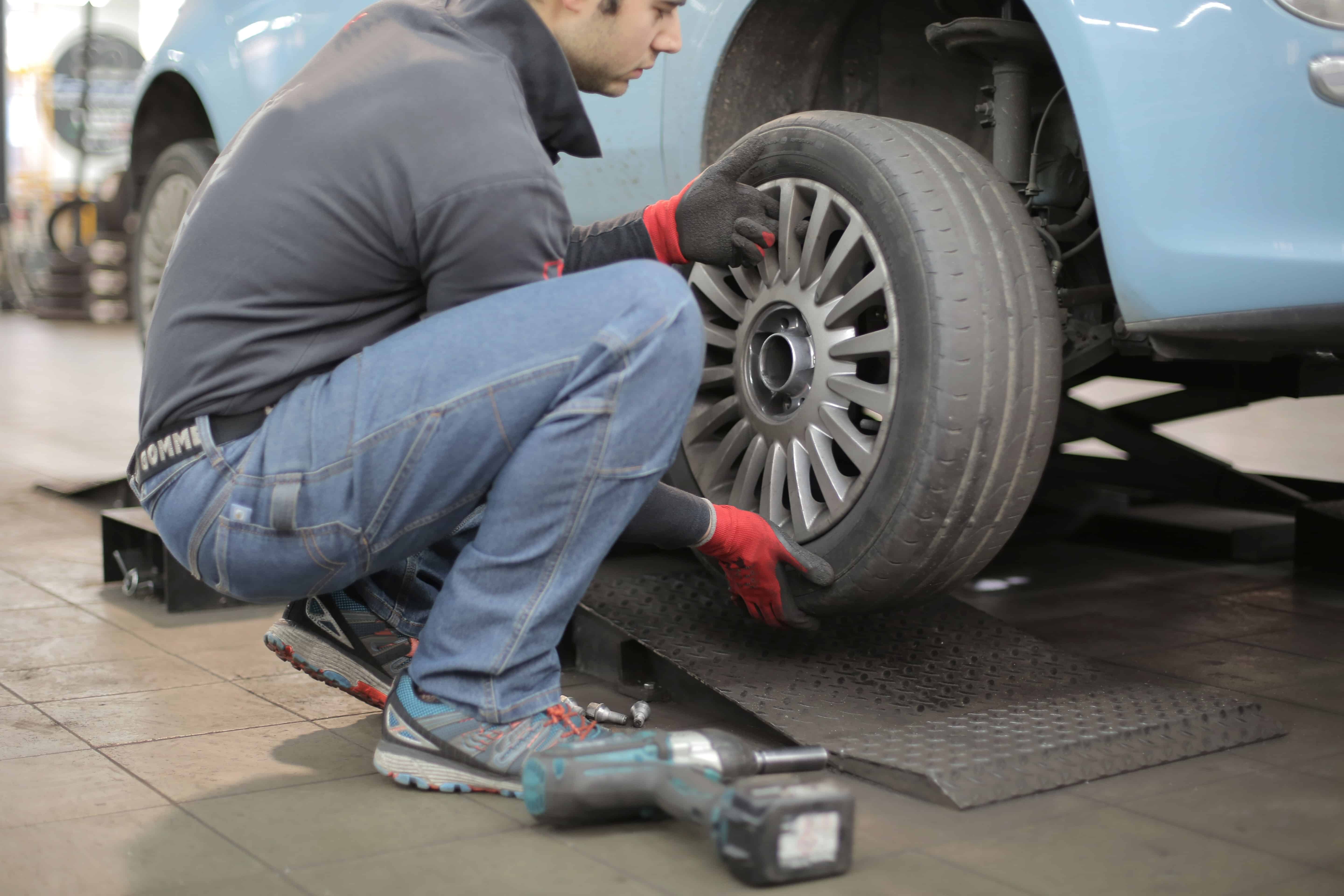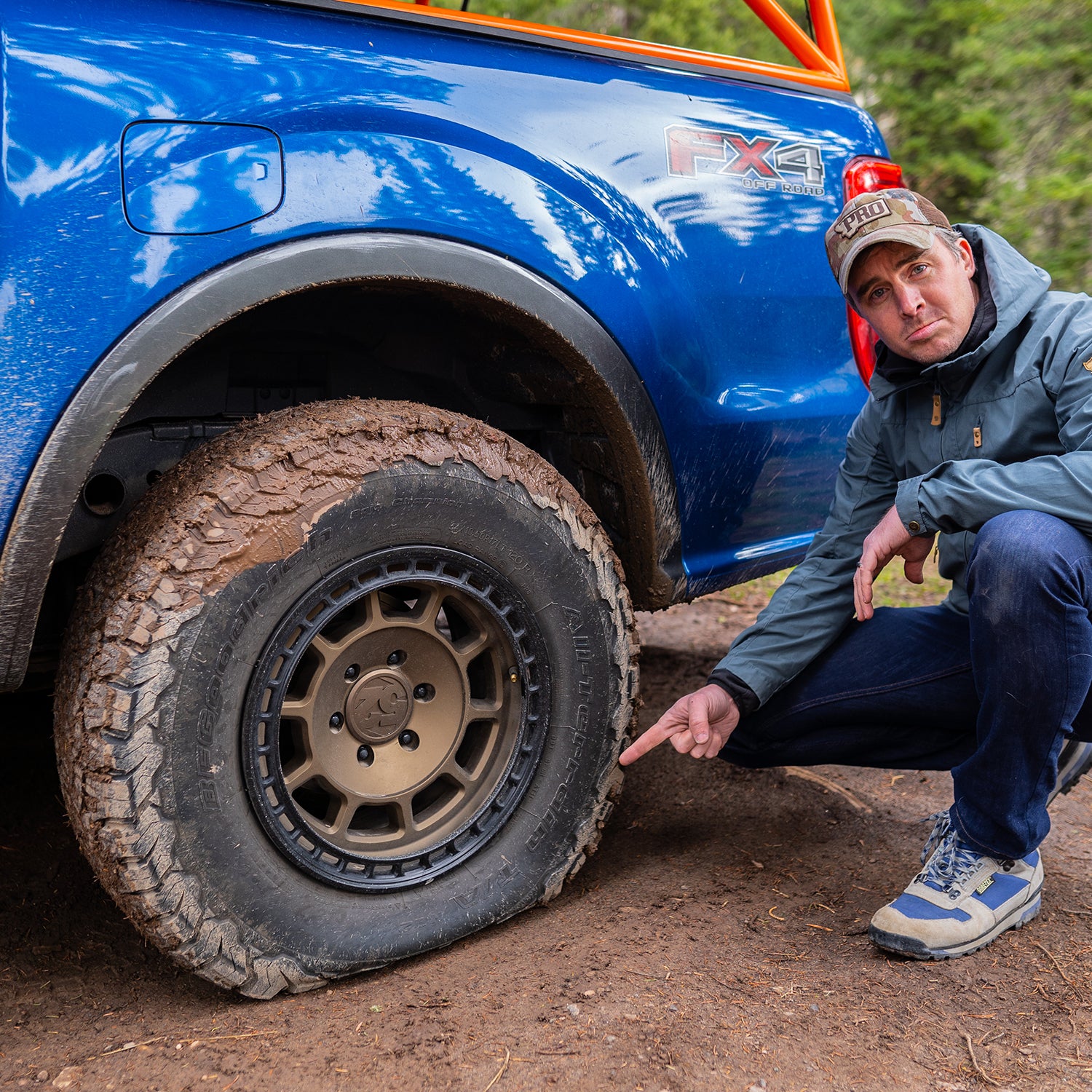Specialist Guide to Tire Repair Work: Everything You Required to Know
Browsing the world of tire repair service can be a complicated task for many lorry owners. From identifying the common sources of tire damages to recognizing the elaborate actions associated with repairing a leak, there is a wealth of knowledge to grasp. In this comprehensive overview, we will decipher the intricacies of tire fixing, dropping light on the numerous kinds of repair work packages readily available and offering important insights into when it may be time to bid goodbye to a damaged tire. Keep tuned as we dig much deeper right into the nuances of tire upkeep, furnishing you with the necessary expertise to ensure your tires stand the test of time.
Typical Causes of Tire Damages
What are the common reasons that lead to tire damages, impacting lorry efficiency and security? Tire damage can happen due to numerous variables, with one of the key reasons being incorrect inflation stress.

Another common root cause of tire damage is inadequate walk depth. Worn-out treads can jeopardize grip when driving, specifically in damp or unsafe conditions, increasing the threat of mishaps. Additionally, driving over splits, debris, or sharp items can penetrate or cause cuts in the tire, deteriorating its structure and possibly creating a flat.
In addition, improper wheel alignment and out of balance tires can additionally add to tire damages. Misaligned wheels can lead to uneven wear patterns, while unbalanced tires can trigger vibrations, affecting both the lorry's handling and the tire's durability. Regular maintenance checks and timely fixings can assist minimize these common causes of tire damage, making sure optimal vehicle performance and safety.
Sorts Of Tire Repair Kits
To address the after-effects of typical causes of tire damages discussed previously, it is necessary to understand the various kinds of tire repair sets available for vehicle proprietors. There are primarily 3 sorts of tire repair sets commonly made use of: plug kits, patch sets, and mix repair work sets.
Plug packages are a fast and simple remedy for repairing small leaks triggered by nails or screws. They include a T-handle device and rubber plugs that can be placed into the puncture to seal the opening efficiently. Spot packages, on the various other hand, are preferable for larger leaks or cuts in the tire. These sets include a patch and sticky material that is put on the internal cellular lining of the tire to cover a knockout post the damaged area securely.
Mix fixing packages use the benefit of including both plug and spot parts, offering a detailed option for a range of tire damage situations. It is very important for car proprietors to familiarize themselves with these different kinds of tire repair packages to be planned for any unexpected tire issues when driving.

Steps to Fix a Tire Puncture
Fixing a tire puncture requires an organized method and the right devices to make sure a risk-free and efficient remedy. When encountered with a pierced tire, the initial step is to securely pull over to a flat, steady surface area away from web traffic. Engage the auto parking brake and area wheel chocks behind the tires to avoid any accidental rolling. Next, remove the punctured tire complying with the car manufacturer's standards. As soon as the tire is eliminated, evaluate the punctured area to situate the foreign things causing the leak. Make use of a reaming device to tidy and roughen the slit hole for much better bond. Apply rubber cement to the location and insert a plug using a plug insertion tool. Trim any excess plug product flush with the tire walk. Finally, reinflate the tire to the advised stress and reinstall it onto the automobile. Conduct a comprehensive leak check making use of soapy water to guarantee the leak this link is successfully sealed prior to returning to normal driving.
When to Change a Tire
Identifying the appropriate time for tire replacement demands a thorough assessment of various crucial aspects associated to tire wear and safety and security. As tires use down, the depth of the walk declines, influencing the tire's hold on the roadway. Also if the tread deepness appears enough, tires older than 6 years should be very carefully analyzed, as the rubber can weaken over time, making the tire more vulnerable to failure.

Tire Upkeep Tips for Durability
After analyzing essential variables associated to tire wear and safety, implementing correct tire upkeep techniques is necessary for making the most of the long life of your additional hints tires. On a regular basis inspecting tire stress is crucial, as underinflated tires can lead to raised wear and minimized gas effectiveness.
Revolving your tires at routine intervals, normally every 5,000 to 7,000 miles, advertises also walk wear throughout all tires. This technique expands the life of your tires and guarantees ideal performance. Inspecting tires for indications of damages, such as cuts, bulges, or leaks, is likewise crucial for keeping tire long life. Driving practices play a substantial function in tire wear. Avoiding sudden stops, doglegs, and too much speeding can help preserve your tires and enhance safety and security when driving. By adhering to these tire upkeep pointers, you can make best use of the life-span of your tires and guarantee a smooth driving experience (morris tire).
Final Thought
In final thought, understanding usual causes of tire damage, utilizing the suitable tire repair work sets, complying with appropriate actions to repair a tire slit, understanding when to replace a tire, and carrying out tire upkeep ideas are necessary for making the most of the long life of your tires. By staying educated and proactive in addressing tire concerns, you can guarantee security when traveling and extend the life-span of your tires.